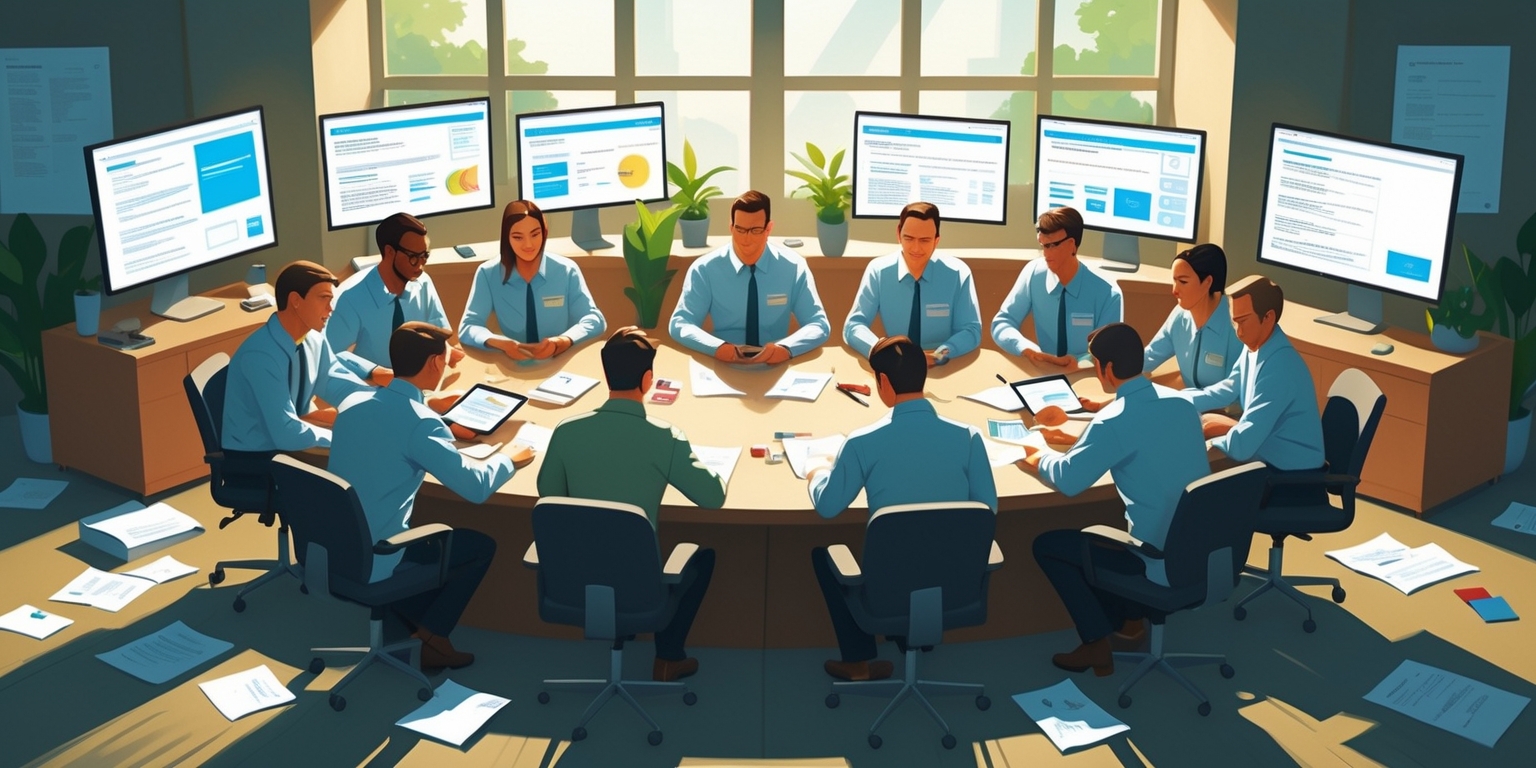After years in customer service, I’ve learned that resolving customer issues isn’t just about fixing problems—it’s about building relationships and turning frustrations into opportunities.
In this post, I’ll share my battle-tested strategies for effective customer issue resolution that will help you transform complaints into loyal customers. Whether you’re handling a minor concern or a major crisis, these approaches will give you the tools to navigate customer problems with confidence and skill.
I know how challenging it can be when faced with difficult customer situations, but with the right resolution strategies, you can turn these moments into powerful trust-building experiences. Let’s dive into how you can master the art of solving customer problems while strengthening your business relationships.
Why Customer Issue Resolution Matters to Your Business
Customer issue resolution isn’t just about putting out fires—it’s about building your business reputation. When I resolve customer problems effectively, I’ve seen firsthand how it:
- Increases customer retention rates by up to 70%
- Builds brand loyalty that leads to repeat business
- Creates brand advocates who recommend your services
- Provides valuable feedback for business improvement
The way you handle problems often has more impact on customer loyalty than when everything goes smoothly. In fact, studies show that customers whose issues are resolved quickly and effectively often become more loyal than those who never experienced problems at all.
7 Effective Strategies for Resolving Customer Issues
1. Listen Actively and Empathetically
When a customer brings a problem to me, my first step is always to listen completely before responding. This means:
- Avoiding interruptions while they explain
- Taking notes on key points
- Acknowledging their feelings with phrases like “I understand why that would be frustrating”
- Repeating back what I’ve heard to confirm understanding
Active listening makes customers feel valued and helps me gather all the information I need to find the right solution.
2. Respond Quickly to Customer Complaints
Time matters when handling customer issues. I’ve found that:
- Responding within the first hour can increase resolution satisfaction by 30%
- Setting realistic timeframes for resolution helps manage expectations
- Regular updates prevent customers from feeling forgotten
- Following up after resolution shows you truly care
Even if I can’t solve the problem immediately, acknowledging it quickly shows respect for the customer’s time and concern.
3. Empower Your Team with Resolution Authority
One of the most effective approaches I’ve implemented is giving my team the power to resolve issues on the spot. This means:
- Setting clear guidelines for refunds, exchanges, or compensation
- Trusting employees to make judgment calls within those guidelines
- Celebrating creative problem-solving rather than strict adherence to rules
- Reducing the need for manager escalations
When team members can resolve issues immediately, customer satisfaction soars and resolution times shrink dramatically.
4. Develop Clear Resolution Processes
Having a structured approach to problem-solving helps me handle even complex issues efficiently:
- Identify the specific problem and desired outcome
- Investigate root causes rather than just symptoms
- Present solution options when possible
- Implement the agreed-upon solution
- Follow up to confirm satisfaction
These steps ensure I address the real issue and don’t miss important details during resolution.
5. Use Customer Feedback to Prevent Future Issues
Every problem is a learning opportunity. After resolving an issue, I always:
- Document the problem and solution in our knowledge base
- Share learnings with relevant teams
- Look for patterns in recurring problems
- Implement system improvements to prevent similar issues
This approach transforms individual problem resolution into organization-wide improvement.
6. Maintain Professional Communication Throughout
Even when emotions run high, keeping communication professional is essential:
- Use positive language focusing on what can be done
- Avoid technical jargon customers might not understand
- Stay calm even when customers are upset
- Be transparent about what happened and why
Professional communication builds trust even during difficult conversations.
7. Measure and Track Resolution Effectiveness
To continuously improve my resolution strategies, I track key metrics:
- Average resolution time
- First-contact resolution rate
- Customer satisfaction post-resolution
- Issue recurrence rates
These measurements help me identify where our resolution process needs strengthening and celebrate what’s working well.
Turning Customer Problems into Opportunities
The most successful businesses don’t just solve problems—they turn them into opportunities. When I handle an issue exceptionally well, I often:
- Ask satisfied customers for reviews or testimonials
- Use the resolution story (anonymized) in training materials
- Identify product improvement opportunities
- Build stronger relationships that lead to additional business
With this mindset, each resolved issue becomes a stepping stone to business growth rather than just a fire to extinguish.
Effective customer issue resolution is truly an art that combines empathy, efficiency, and strategic thinking. By implementing these seven proven strategies—listening actively, responding quickly, empowering your team, developing clear processes, using feedback constructively, maintaining professional communication, and measuring your results—you’ll transform your approach to customer problems.
Remember that each resolved issue is an opportunity to demonstrate your commitment to customer satisfaction and build lasting loyalty. The companies that excel at resolution don’t just fix problems—they create advocates.
What customer resolution challenges are you facing in your business? I’d love to hear about your experiences and share more specific advice for your situation.
